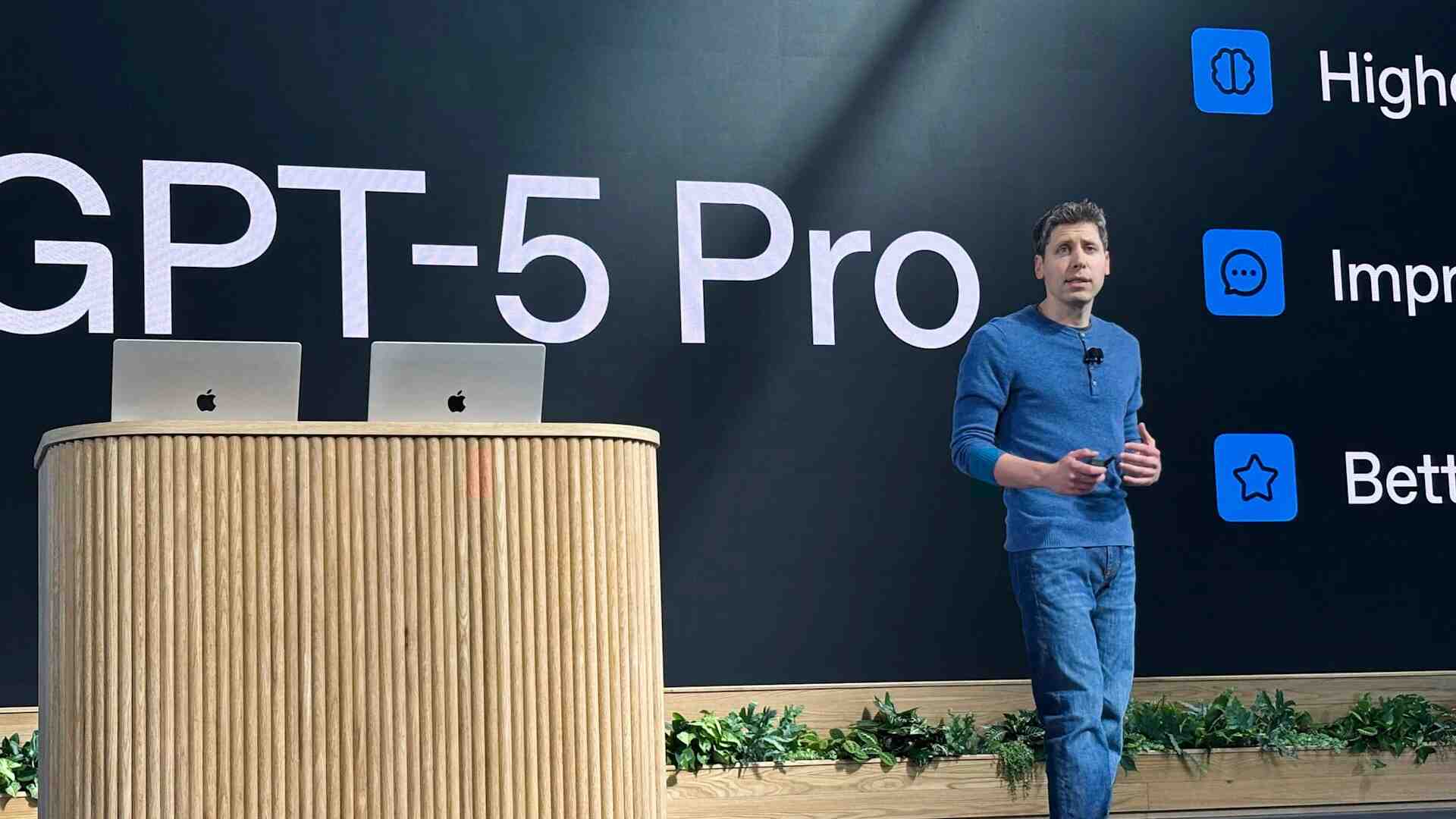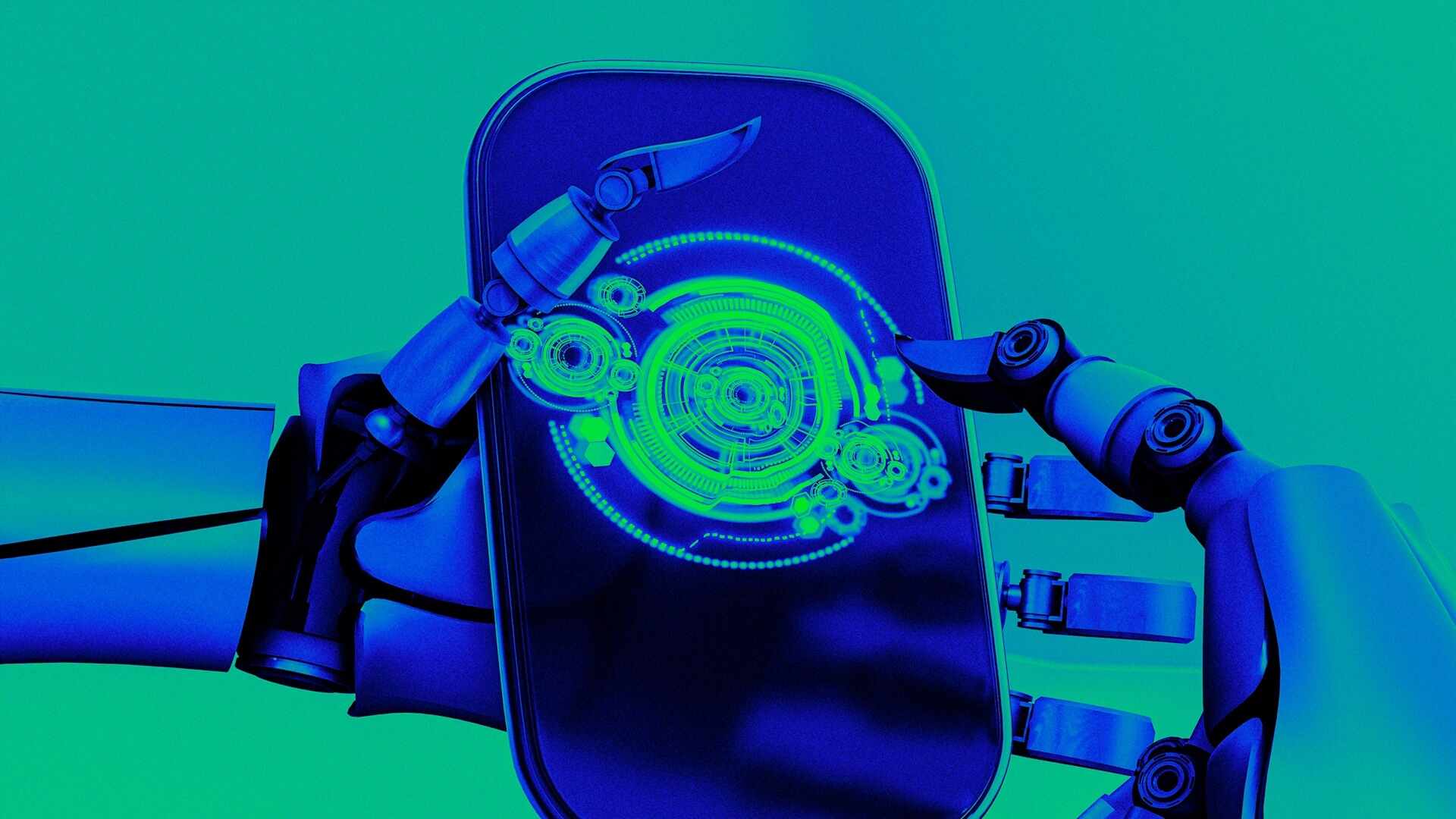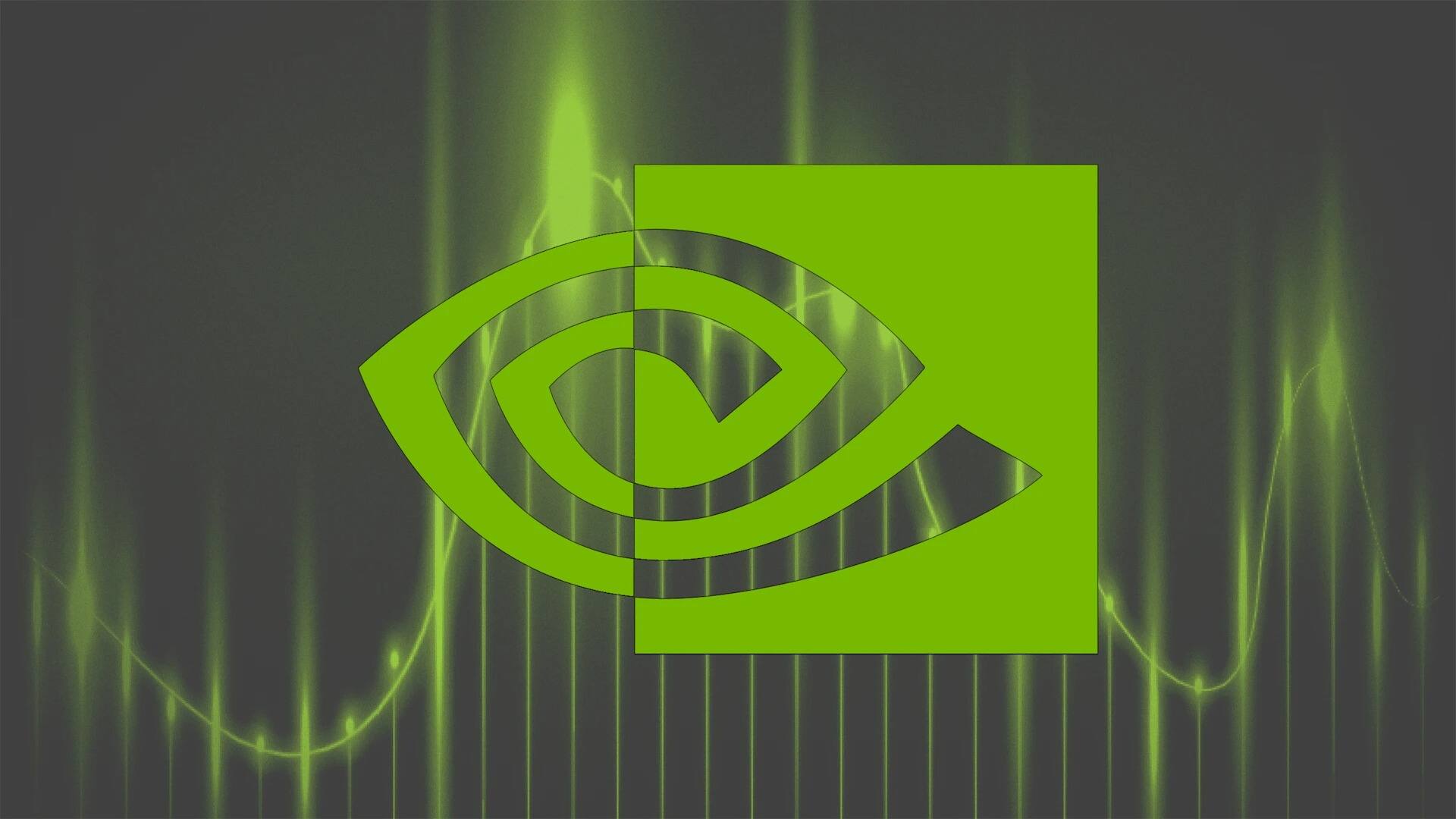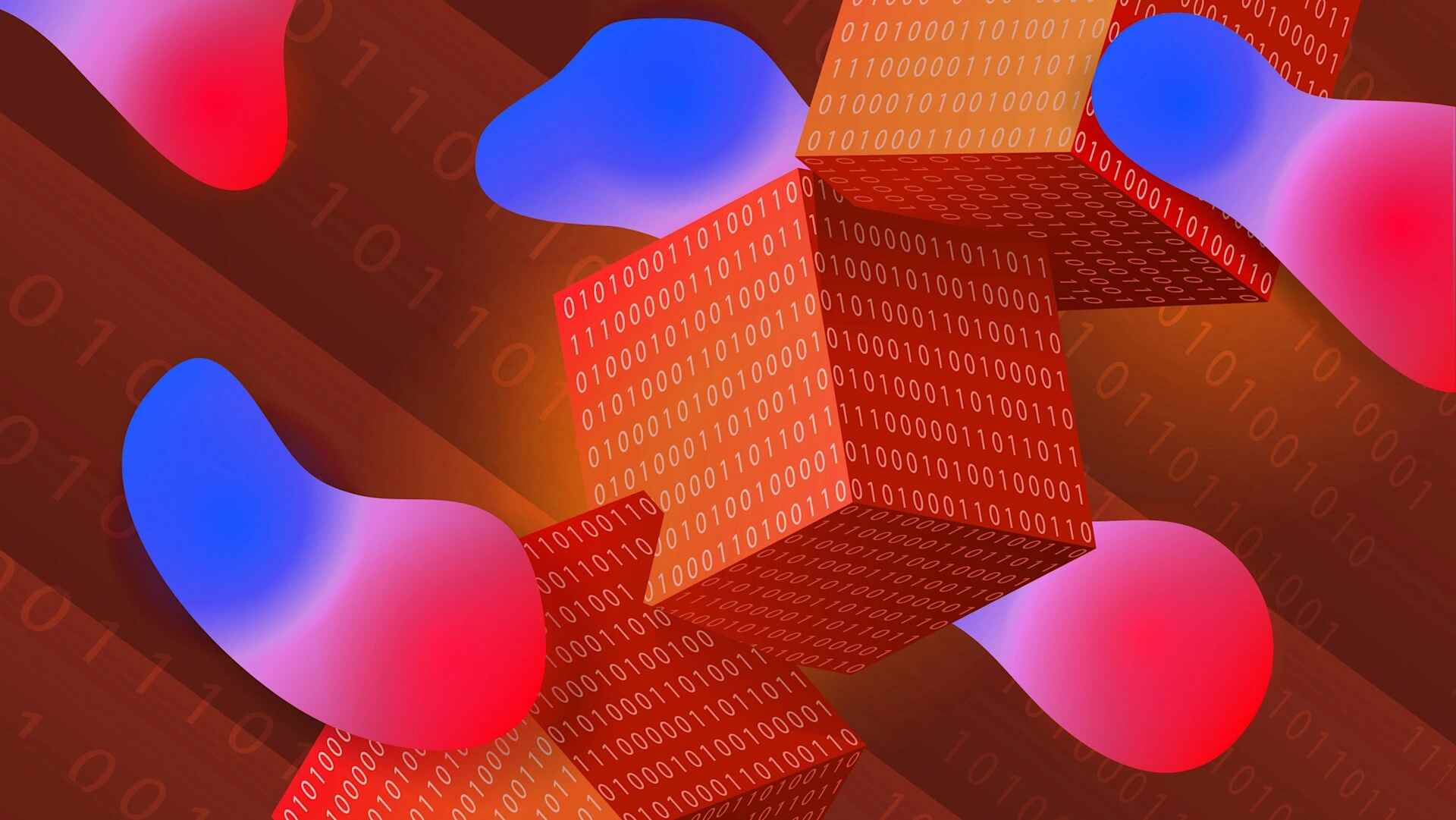- | 8:00 am
OpenAI’s dev day: A fresh focus on putting AI to work
Apps, agents, and Codex: The company is intent on building tools that make work better.

OpenAI’s announcements at its third annual developer conference told a lot about where the company is in its evolution.
In the past, the company’s executives talked mainly about new models that were smarter, cheaper, or more efficient. At the event in San Francisco on October 6, the company’s leaders said relatively little about their latest models, and nothing about AGI or superintelligence. Instead, they discussed new ways to make the AI do real work that matters.
Building functional agents
One of the keys to enterprise customers realizing a return on their investment in AI is the creation of intelligent agents capable of completing complex business tasks. To that end, OpenAI announced AgentKit, which it said is a complete set of tools for developers and enterprises to “build, deploy, and optimize agents.”
The tool kit has three main parts: an Agent Builder that offers a visual canvas for piecing together agents, a Connector Registry that manages how the agent connects to data and tools, and ChatKit, which lets developers create agents that users can talk to.
During the keynote, OpenAI’s Christina Huang used the Agent Builder to add a conversational agent that helps users find content within a website. The agent used some complex workflows, consulted documents, deployed a widget to stylize the agent’s colors and syntax, and pulled in pre-built privacy and security guardrails. Then she pushed the new agent—all in under eight minutes.
OpenAI said it has seen developers and enterprises use the AgentKit tools to build agents that do deep research, customer support, IT support, and sales functions.
Apps, take two
Importantly, OpenAI is also taking another shot at its App Store Moment.
After launching its “GPTs”—small, customized versions of ChatGPT—in late 2023, the company did surprisingly little to promote or enhance the program. On October 6, OpenAI announced a new kind of app that can be used entirely within ChatGPT: a chatbot that can suggest apps based on what the user said in the chat.
For instance, it might suggest a Coursera app if the user said they want to learn more about some new skill. Or the user can ask for an app by typing its name into the chat. The apps themselves can take natural language directions or requests from the user, as well as display videos or interactive content within the chatbot.
OpenAI provided developers with a new software development kit for building the apps. For developers, it’s a chance to get their apps in front of OpenAI’s 800 million ChatGPT users—just when a need for the app arises. Booking.com, Canva, Coursera, Figma, Expedia, Spotify, and Zillow all made apps while participating in a pilot program.
In the big picture, ChatGPT is becoming far more than a chatbot. It’s more functional, and apps and agents are a big reason for that. ChatGPT now has 800 million weekly users, and its popularity is growing fast. Sam Altman, CEO of OpenAI, said during a Q&A session with reporters that the chatbot is evolving toward becoming something like an operating system.
Codex, too
A fierce competition has unfolded among the big AI companies to offer the best coding tool. OpenAI’s entry in the race is Codex, which the company said is no longer a “preview” and is now generally available to all developers.
Codex also now interoperates with Slack, so that developers can delegate tasks to, or ask questions of, Codex directly from a team channel or thread—just like they would a coworker.
But most importantly, Codex is now powered by GPT-5, OpenAI’s most advanced reasoning model, which has allowed the company to make the “coding assistant” aspect of the product far more capable. For developers, it feels like they’re teaming with a junior software engineer who works independently on specific tasks, then reports back with the results.
These new applications of AI could help enterprises bridge the gap between a desire to deploy AI models and actually seeing some real return on investment from doing so. That may be just what OpenAI needs right now.
Cash crunch
The company is burning through cash to pay for model training and new data centers, a burn that’s expected to accelerate over the next few years. Meanwhile, the company is likely making most of its money through ChatGPT subscriptions, not enterprise business such as API fees.
CFO Sarah Friar told Bloomberg a year ago that 75% of OpenAI’s revenue comes from consumer subscriptions to ChatGPT, implying a 25% share of revenue for the enterprise business. There’s little to suggest that the enterprise business contributes much more than a quarter of total sales today.
Still, OpenAI probably needs to see substantial growth in enterprise business to hit break-even in the next five years. “The enterprise was our first focus even before ChatGPT—our first product was an API,” OpenAI COO Brad Lightcap said during a press briefing on October 6. “From day one we saw the desire on the part of businesses, but I think a few things were missing.”
Lightcap said that for much of the company’s history, its models weren’t good enough to take on business tasks reliably. OpenAI’s reasoning models, an important component of agents, showed just last year. “In the enterprise you need to be able to execute business processes, so you needed this kind of shift toward agentic AI so that it could just do things for you,” he said.
Lightcap said business agents also need to be able to connect with other services (such as databases and tools), and that agents are just now getting the capabilities and technical standards (like Anthropic’s MCP protocol) to do that. Finally, enterprise users need to become familiar with agents and how they work.
Lightcap said OpenAI’s announcements represent real progress in overcoming those barriers: “I think what you saw today is an evolution in every one of those areas.”






































